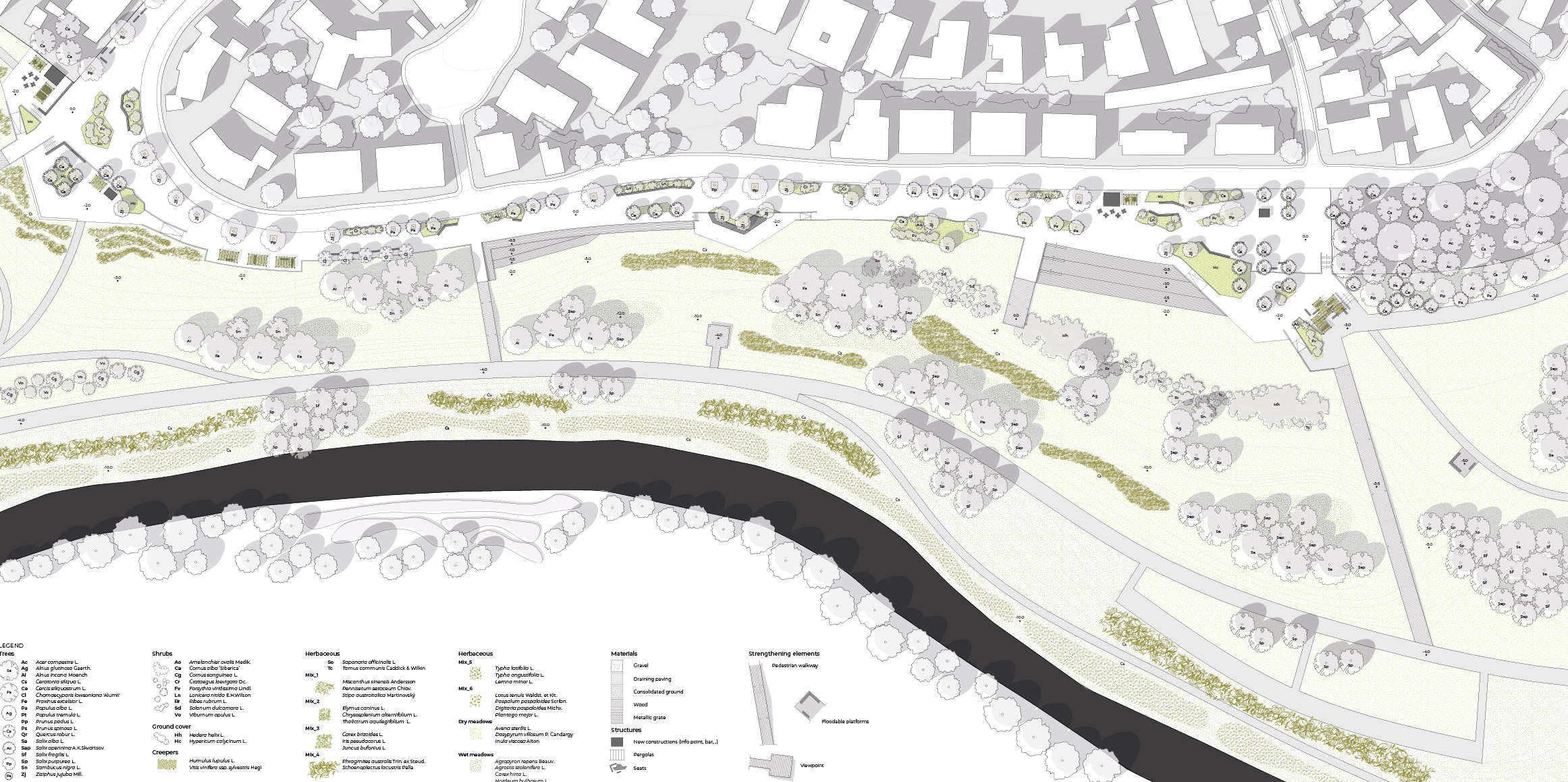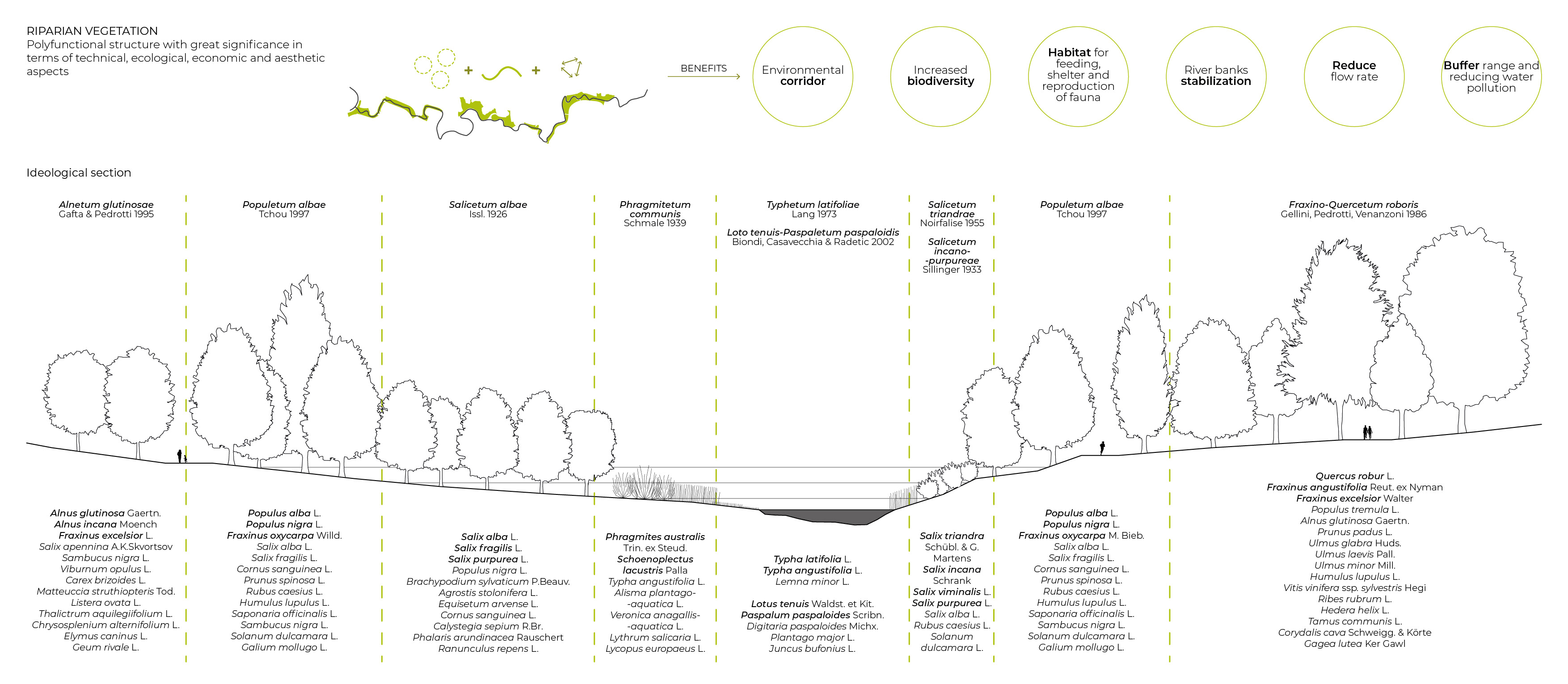Climate change has unequivocally happened. Recent studies have proved that this is due to big and small natural disasters (floods, inundations, droughts, cyclones and tornadoes, tsunamis, volcanic eruptions, earthquakes, landslides). These events have the potential to make certain places inhospitable, having effects on every aspect of our society, from economy up to ecosystems.
This raises the need for new and reclaimed landscapes that need to be planned, designed and managed, by applying integrated strategies for resilience and sustainability, through the knowledge of natural dynamics and the complex system of relationships between natural processes and human needs.

In this context, the landscape architect figure is essential because it has the right skill and the holistic approach to the design and management of built environments and natural habitats at different levels. Identified the main climate change effects on landscape (heat island, droughts and water shortages, floods, loss of ecosystems, loss of coastal areas, changes in biodiversity, deterioration of air quality), this research project has led to understand what might be the actions that landscape architecture can implement with mitigation and adaptation goal. In this sense, the attention has focused on water element and its management system, recognizing it as one of the most important subjects to be planned and (re)designed to make cities secure and resilient. The developed project aims to implement a working method that could react to the issues related to inundations and floods, without forgetting the laws of landscape architecture of usability, functionality and pleasantness of the places designed. The park project, which is the subject of my master thesis, investigates the environmental risks mitigation and climate changes adaptation. In particular, it refers to danger situations both in urban and extra urban areas, due to the problems connected to flood risk and extreme weather events.

The area I have considered is the Natural Reserve of Aniene Valley and the stretch of the river that crosses the city of Rome, between the GRA and its confluence with the Tiber River. This is a notoriously area prone to repeated and increasingly frequent flooding. The project purpose is to develop a capable system to provide the whole area a better place to live in, in order to make possible the use of the resource water, without neglecting safety in case of extreme natural events. That's why the recovery of ecological quality and the upgrading of urban, extra-urban and rural areas near the river, represent useful planning opportunities to create new spaces, capable to provide both renewed recreational and regenerated ecosystem functions. Looking at the area in its entirety, almost 650ha of park, a specific project action has been associated with each problem encountered in each single homogeneous area. Each of these ones refers to a general action field such as water, vegetation, paths, anthropic. The application of these design actions guarantees the possibility of implementing an integrated and functional project that readily responds to the struggle goals to climate changes. The solution found, to achieve sustainability and resilience objectives, is to plan and implement a Blue-Green Infrastructure. This strategy can make the connection with the river and the city through the park, interacting with communities, ecology and hydrology. Moreover, this solution can bring significant benefits to the entire environmental system: reducing maintenance costs, creating new habitats, catching and cleaning rainwater, improving soil conditions, improving air quality, promoting new lifestyles. Retarding and retention basins, carefully studied and calibrated, have been inserted inside the park to generate controlled flooding in order to reduce hydraulic risk in the most susceptible areas. At the same time, the morphologies and ground movements created to implement these strategies, are design elements to accommodate diversified functions such as recreational or ecological stepping stones.






